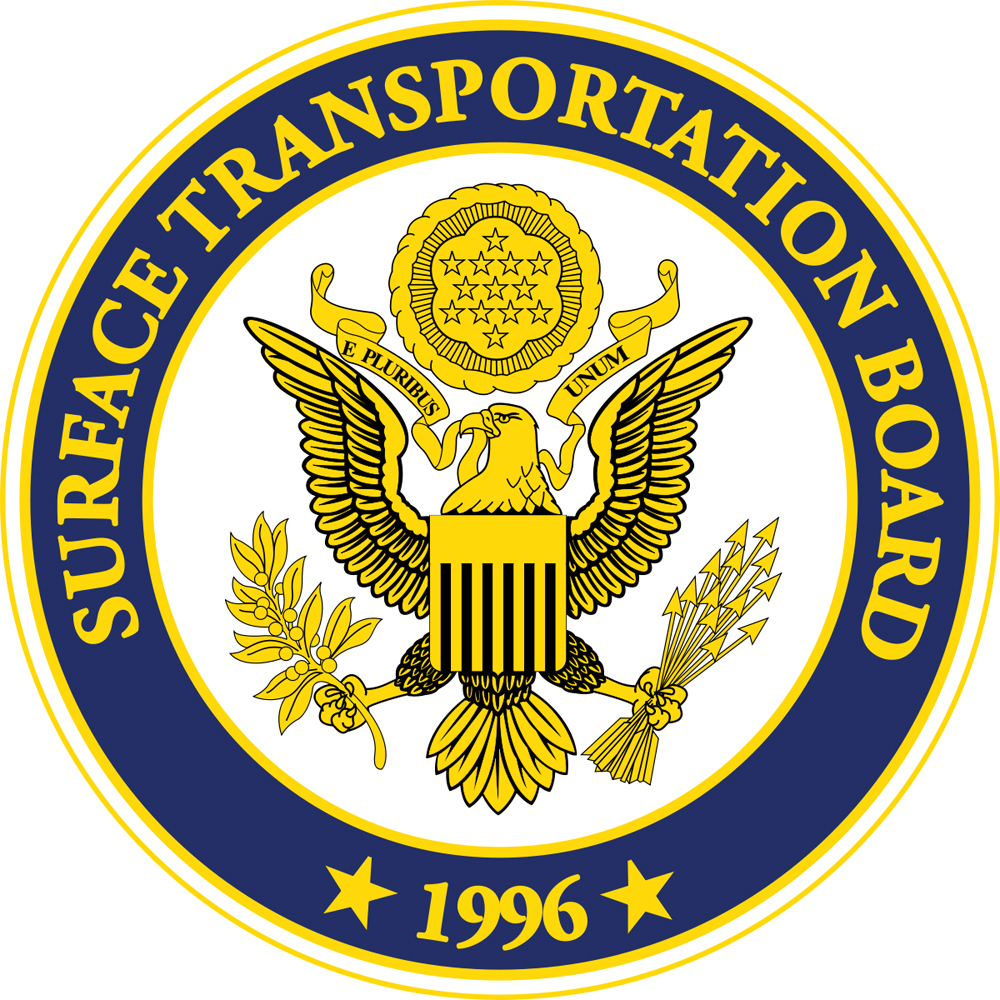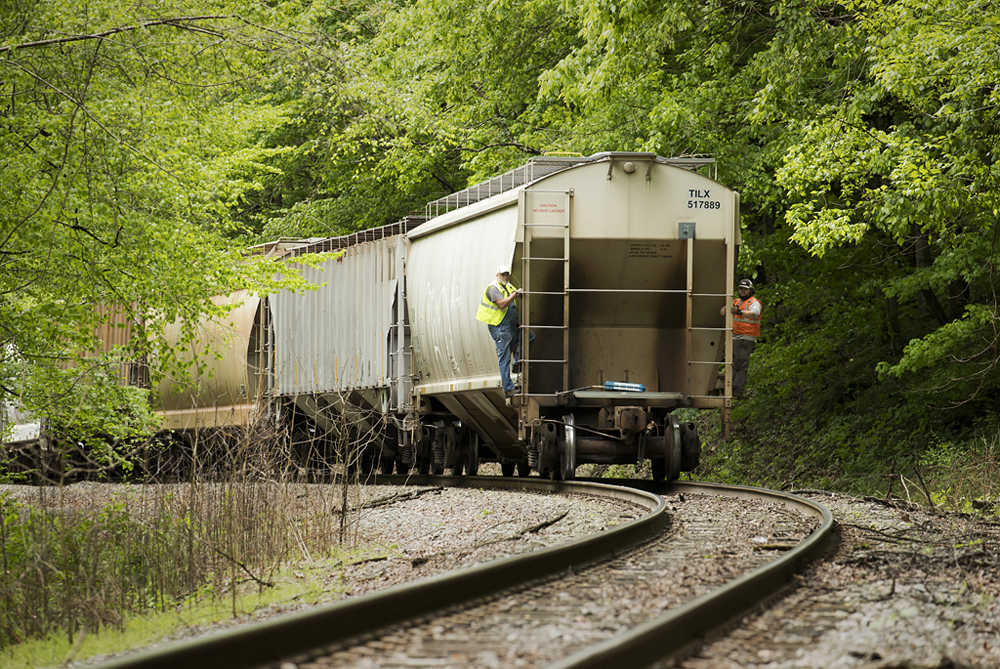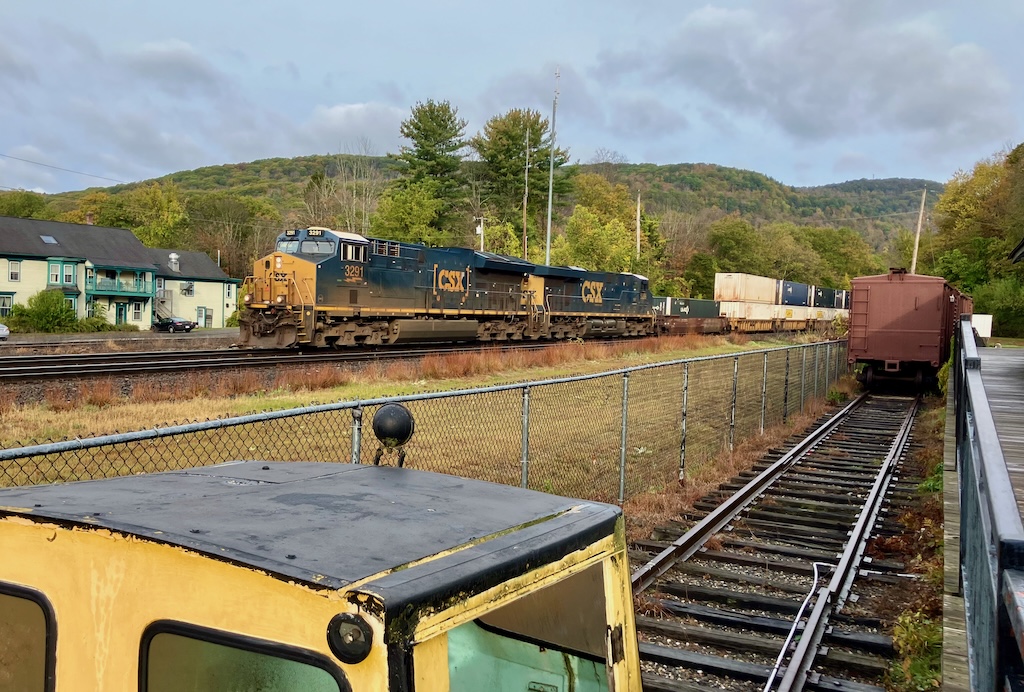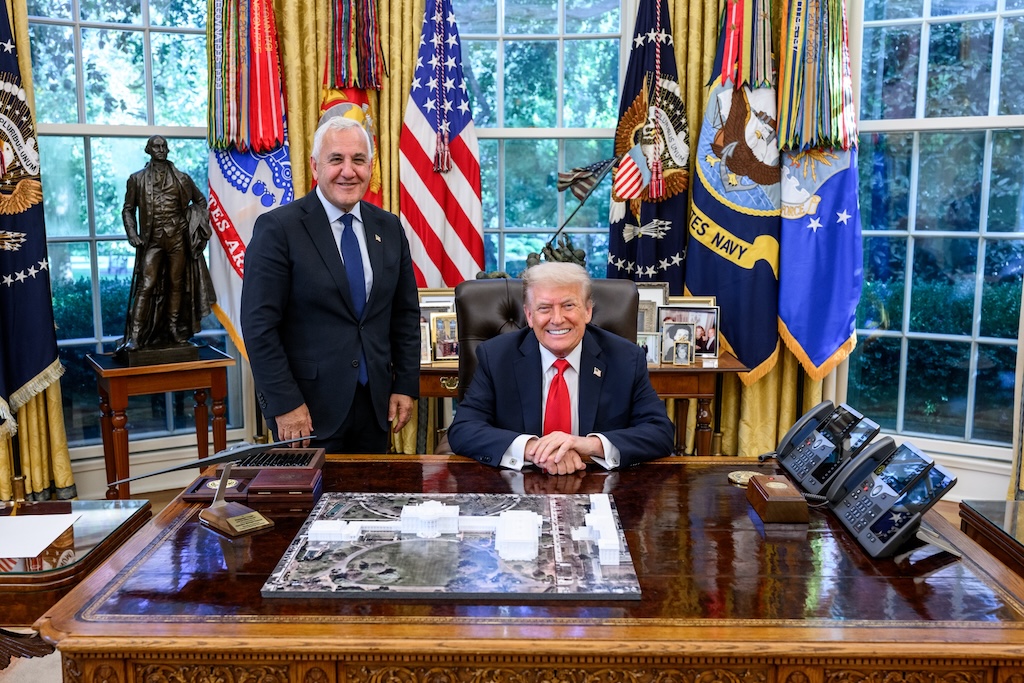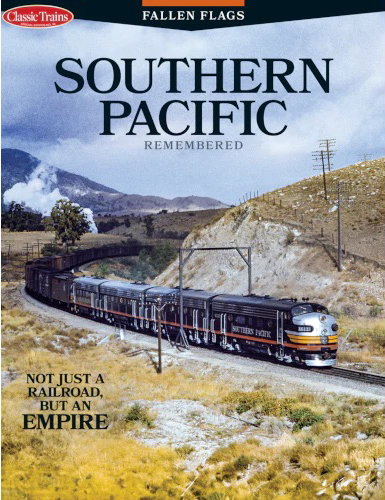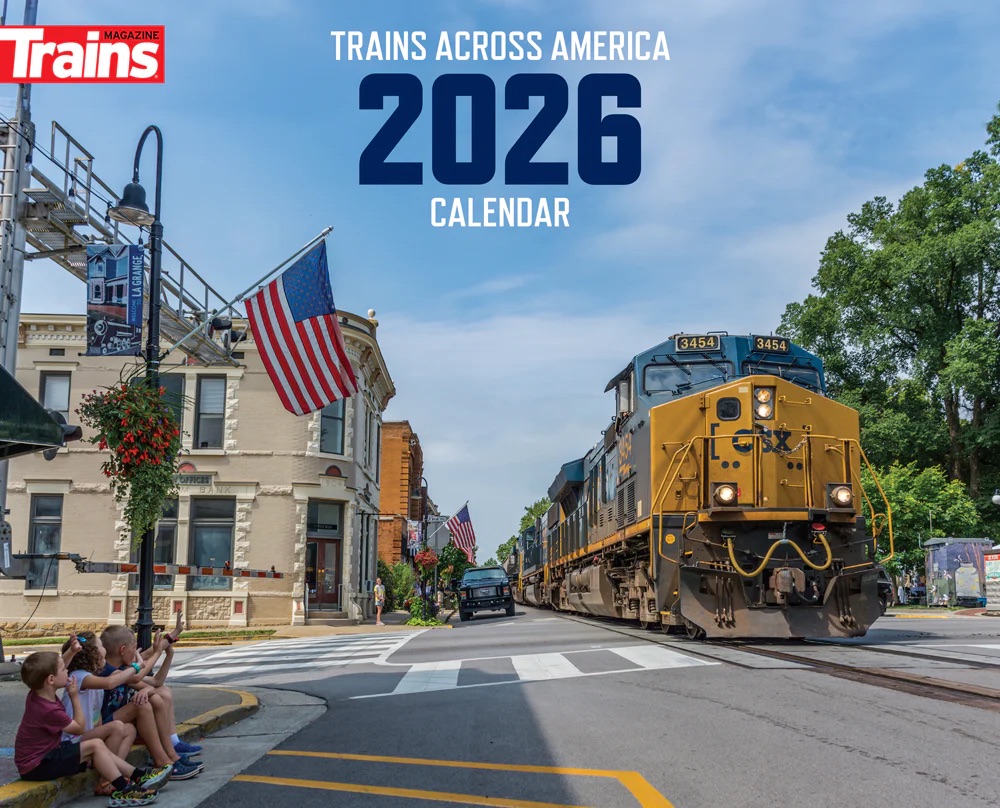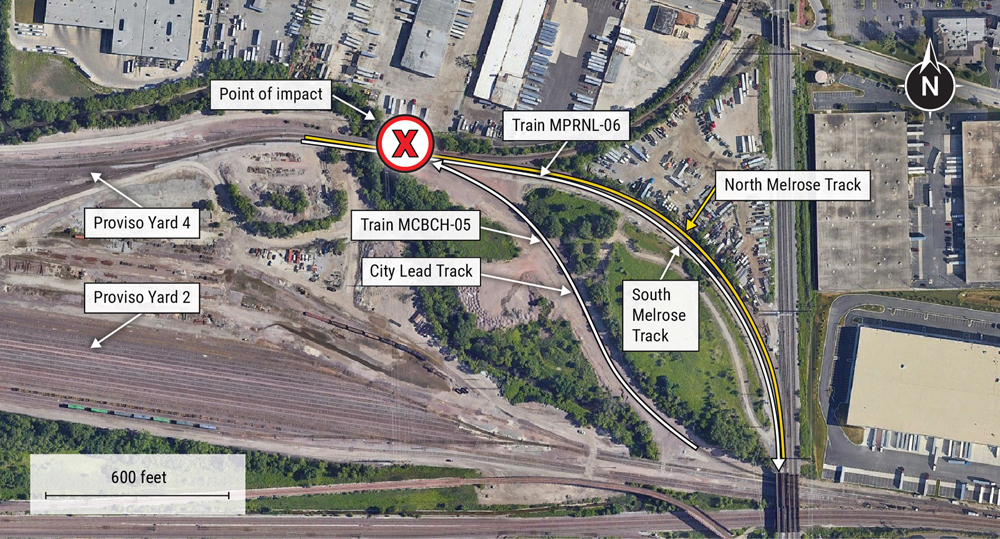
WASHINGTON — The probable cause of a July 2024 fatal collision at Union Pacific’s Proviso Yard was an inexperienced conductor’s failure to alert the engineer to stop the train at a designated point during a shove move in unfamiliar territory, the National Transportation Safety Board said today (July 2, 2025).
The conductor — who was certified 12 days before the July 6 accident and had never led a shove movement at Proviso — was killed when the tank car he was riding collided with a departing train [see “Union Pacific worker killed …,” Trains News Wire, July 8, 2024]. The NTSB said that UP sent the conductor “into the field without performance-based verification that he could safely navigate the territory.”
At the time of the 1:36 a.m. collision, train MPRNL-06 was eastbound on the South Melrose Track out of Proviso Yard 4. At the same time, train MCBCH-05 was shoving west on the City Lead Track, which merges with South Melrose Track. The MCBCH conductor was riding the leading end of a tank car when it struck the MPRNL.
Before the accident, the engineer of the MCBCH asked the Proviso yardmaster to send the yard’s utility conductor to assist with the shove move due to the conductor’s inexperience. But the utility conductor was assisting the MPRNL, and the yardmaster told the engineer “do what you can do.” The conductor could either walk beside the train or board the train’s last car, the yardmaster told the engineer.
The engineer then reviewed yard maps and switch locations with the conductor, who decided to ride the shove move. The engineer told the NTSB that he did not feel pressure from the yardmaster to conduct the shove move.
“Contributing to the accident was Union Pacific Railroad’s failure to provide the required and requested assistance to the inexperienced conductor who was not familiar with the territory,” the NTSB report said. “Further contributing to the accident was the striking train crew proceeding with riding the shoving movement after being informed by the yard controller that no additional support would be provided.”
The conductor had led only five shove movements in his short time on the railroad, the NTSB said.
“He had never worked in that section of Proviso Yard, and he had not received any training on traversing City Lead Track. As a result, the conductor did not know precisely where City Lead Track merged with South Melrose Track and failed to alert the engineer to halt the train at the designated stopping point, which ultimately caused the collision,” the NTSB said. “The conductor had minimal experience leading shoving movements after UP certified him, and he was not adequately familiar with the territory on which he was working when the accident occurred. The conductor’s inexperience and lack of familiarity with Proviso Yard and the surrounding area left him unprepared to carry out his job requirements safely on his own.”
The NTSB said the crew of the striking train did not have a “location-specific job aid,” which likely could have reduced the risks associated with operating in an unfamiliar environment. Job aids include detailed information about physical characteristics of non-main trackage, and may involve training on the territory, maps, or the names of people to contact who are qualified on the territory.
“The engineer recognized the limitations in the conductor’s experience and lack of knowledge of the surrounding area and expressed the need for assistance. Despite the request, the Proviso Yard controller did not comply with the striking train engineer’s request. This lack of assistance introduced unnecessary risk, as it left the crew of the striking train to attempt the shoving movement with inadequate knowledge of the environment,” the NTSB said.
In response to the accident, Union Pacific issued a Critical Incident Alert regarding the importance of job aids and shove movement procedures. The alert also stressed the importance of staying vigilant and maintaining situational awareness.
“During this investigation, the NTSB concluded that UP was not providing job aids throughout its system. As part of the response, UP indicated that they corrected the issue systemwide, and that all UP locations now have up-to-date job aids,” the safety board said.
“This accident demonstrates the importance of ensuring that conductors tasked with more complex maneuvers, such as leading a train during a shoving movement, possess the training, experience, and personnel support needed to safely perform the task,” the NTSB report said. “Crews with limited experience operating in unfamiliar territories are exposed to inherent risks; they must be provided with the required and requested support to complete their tasks safely.”
In a statement, UP said today that it conducted a full review of its processes after the accident.
“In the aftermath of this tragedy, Union Pacific fully investigated this accident and reviewed its training, processes, and procedures and confirmed that its safety standards and shoving movement procedures were safe and appropriate for the work being performed at the time of the accident,” spokeswoman Robynn Tysver said in an email.
The NTSB does not identify accident victims in its reports. The SMART-TD union, however, said the conductor killed in the Proviso collision was Justin Pender, 27.






